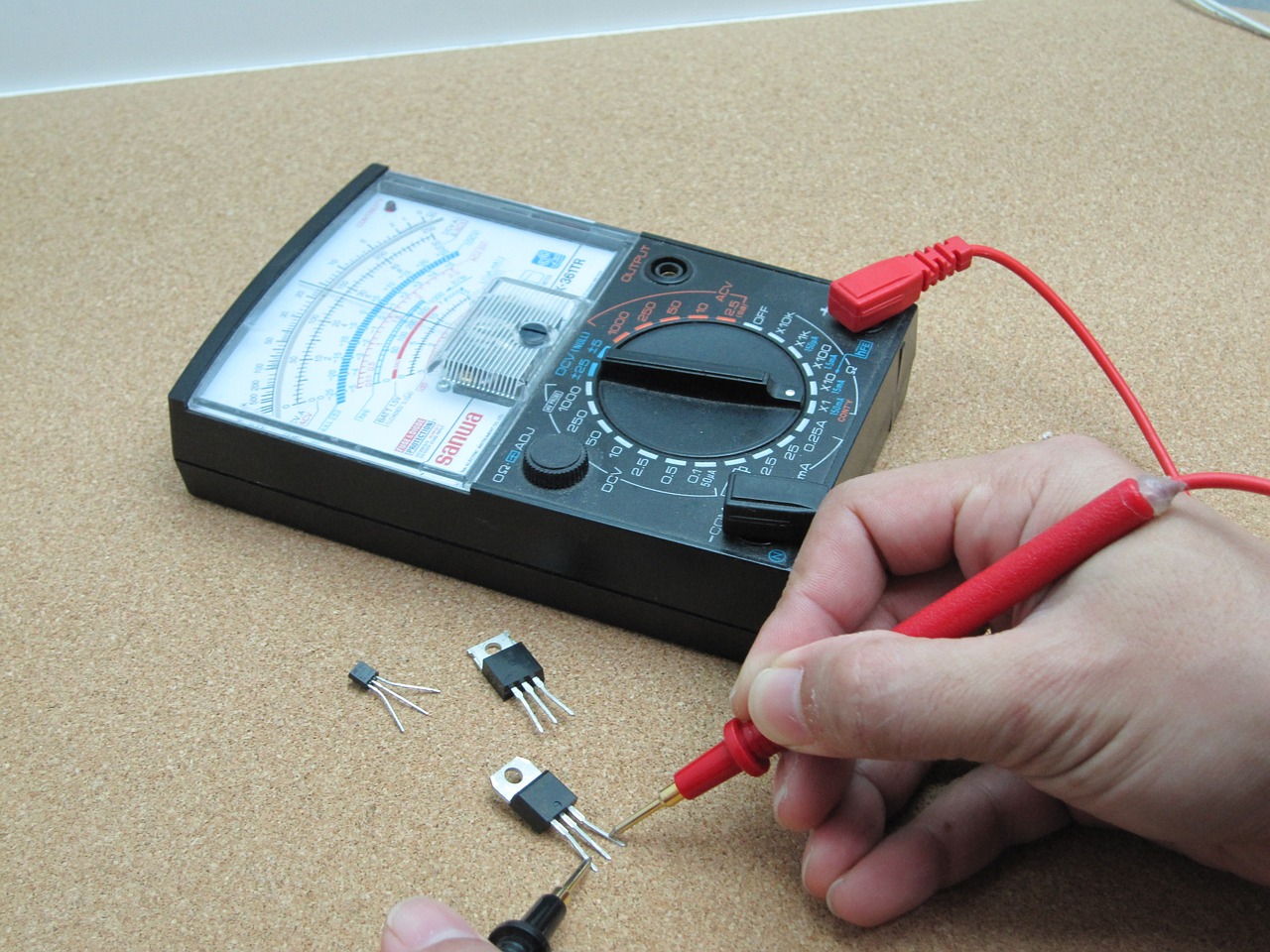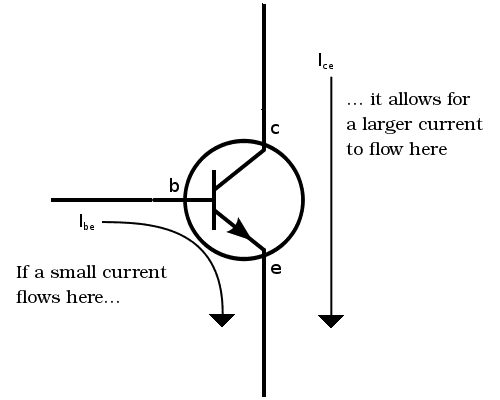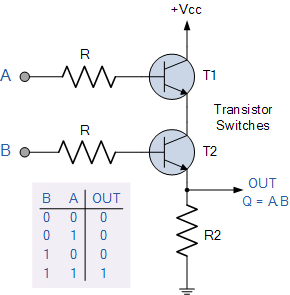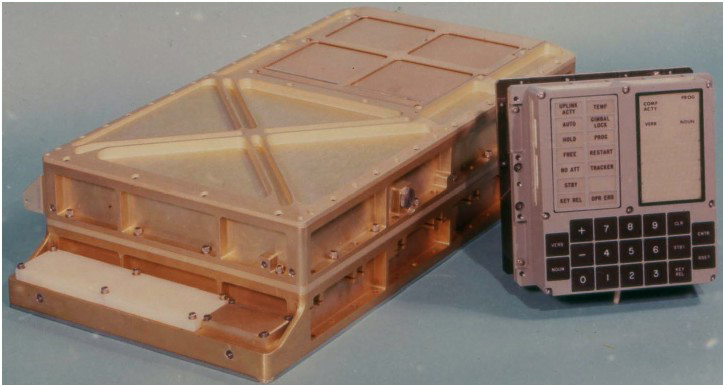A tribute to the transistor
Without transistors, the world would look very different. There would be no internet, no personal computers, no pacemakers, no satellites, and generally no electronic devices as we know them. The transistor is perhaps the single most important invention of the 20th century. With their modest appearance and little known functionality, they impact almost every aspect of our lives.
As a child, I used to play with transistors, along with diodes, resistors, capacitors, and the imposing, hot-tempered soldering iron. I knew they were more than toys, as my engineer father was using them for all sorts of magic. It was much later, though, that I learned just how important these unimpressive, three-legged oddities really are.
 Testing a transistor with a multimeter
Testing a transistor with a multimeter
So what can a transistor do that makes it so powerful? Two things: amplify electric current and act as a switch. As similar as they may look, each of the three legs has its own name and function. A small current flowing between the base and the emitter either controls or switches on or off a larger current flowing between the collector and emitter. This behavior turns out to be extremely useful.
 A simplified view of how a transistor behaves
A simplified view of how a transistor behaves
One of the early applications of the amplification behavior was the portable radio, also known as a transistor radio. In it, transistors are used to amplify the faint signal received by the antenna to power a speaker. But this capability of amplifying a signal has a wide range of applications and is used in most electronic devices, from sound amplifiers and filters to metal and lie detectors.
In digital circuits, which use binary signals, transistors are used as switches that can be in either an on or off state. They can be combined to build logical gates such as AND, OR and NOT, which are physical manifestations of Boolean functions (that operate with the values 0 and 1). These gates can then be cascaded to construct a physical model of Boolean logic and everything that can be expressed with it. That is what lies at the foundation of the microchip, the brain of any modern computer or “smart” device.
 AND gate where the OUT signal is the logical AND between the A and B input signals
AND gate where the OUT signal is the logical AND between the A and B input signals
The transistor was not the first component capable of this behavior. Before it, vacuum tubes were used for similar aims, achieved, however, through a different physical process. But vacuum tubes are bigger, less efficient, less reliable, less durable, and more expensive than transistors. It was the invention of the small, cheap, and efficient transistor at Bell Labs in 1947 by John Bardeen, William Shockley, and Walter Brattain that revolutionized the field of electronics. It allowed the integration of ever-increasing numbers of transistors into small microchips, paving the way for all advances that followed.
One of the first integrated circuit-based computers was the Apollo Guidance Computer, which made possible the moon landing. It had 4,100 integrated circuits and a total of around 12,000 transistors. The modern microprocessors have billions of them. The ubiquitous devices we casually carry around today can perform tremendous amounts of computation. For what we choose to use their impressive capabilities is food for thought.
 Apollo Guidance Computer and its Display&Keyboard (DSKY)
Apollo Guidance Computer and its Display&Keyboard (DSKY)
The transistor is made possible by the unique conductive behavior of semiconductors, a process of mixing them with impurities (called doping) and putting differently-mixed pieces together to form junctions. As small and dull as it may look, how the transistor works internally is something of a wonder, and the modern interpretations of its properties are based on quantum mechanics. In some ways, the transistor is like a neuron, only smaller: you could fit 40 modern transistors within the smallest neuron. But the most widely used semiconductor in transistors is silicon, a chemical element found in sand and the Earth’s crust. So in the end, all they are is dust in the wind.